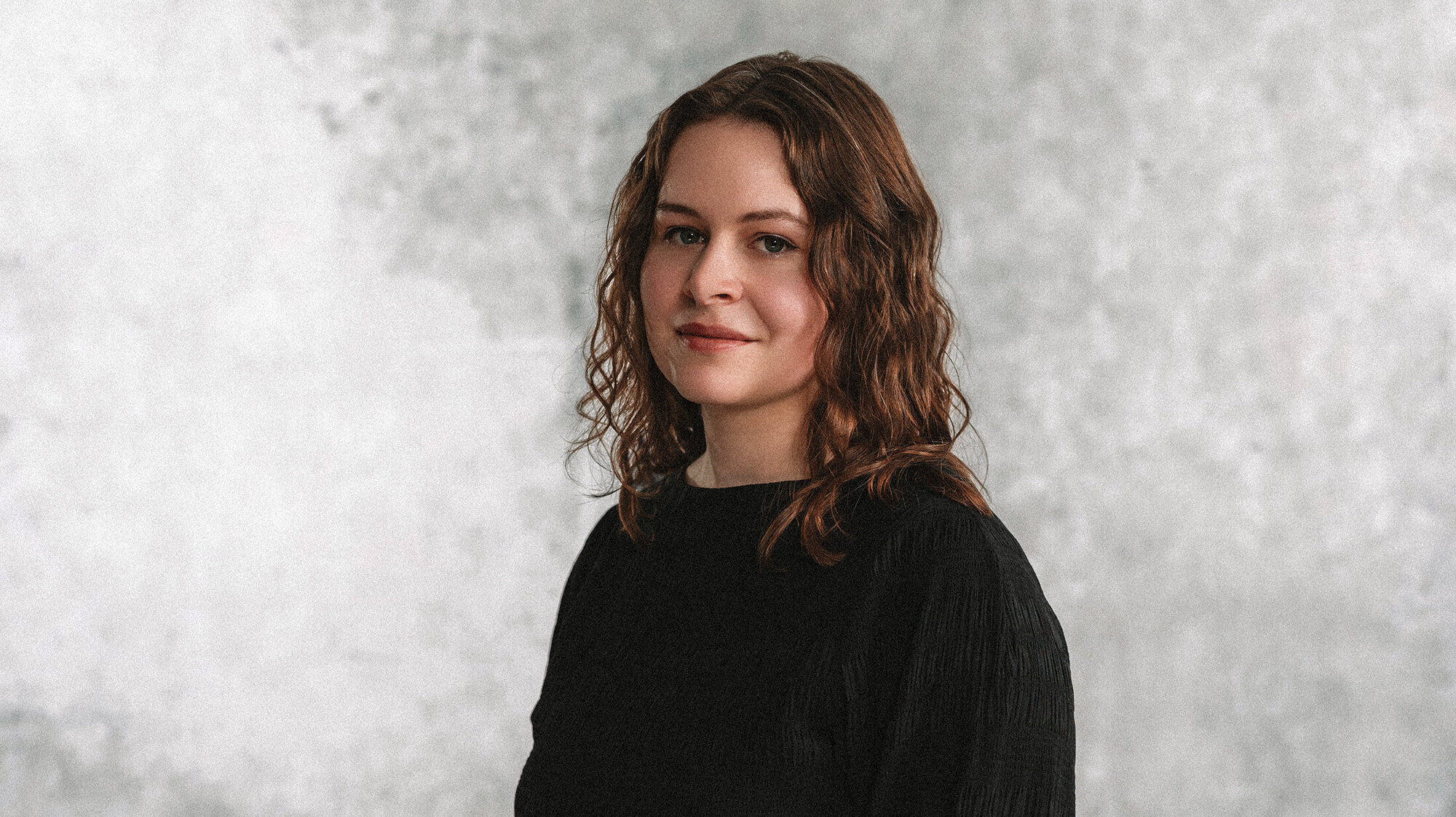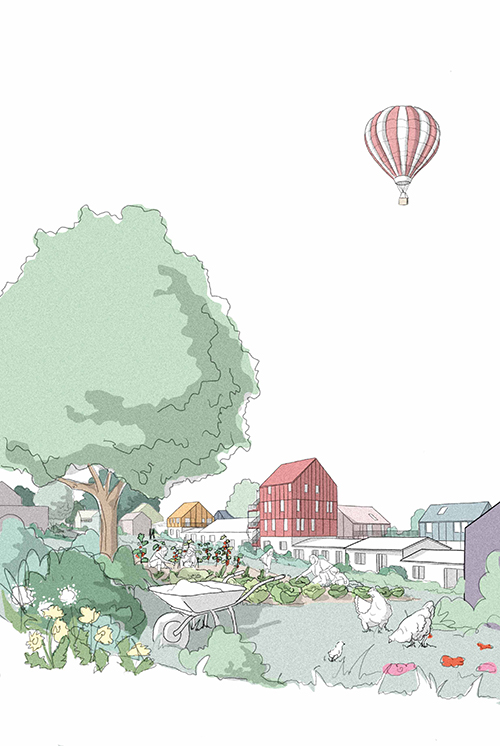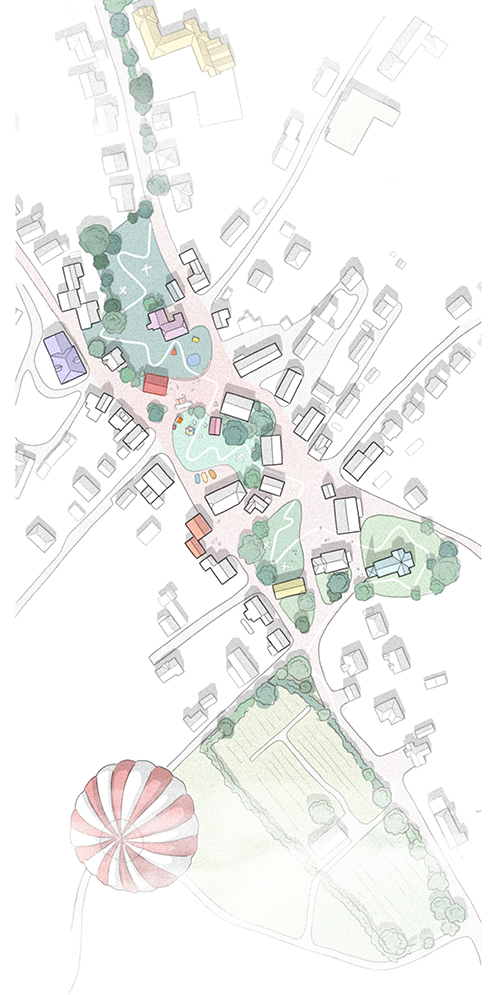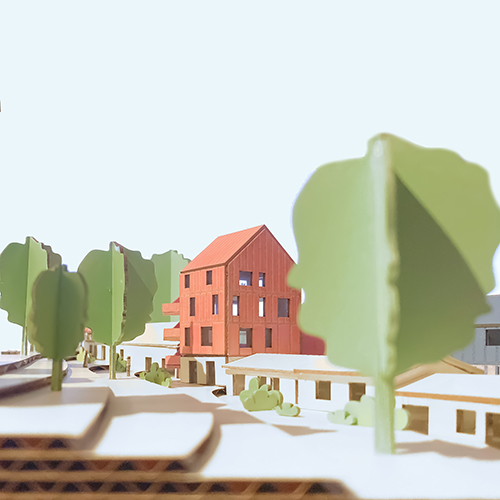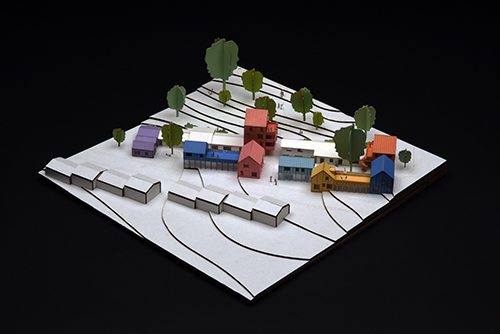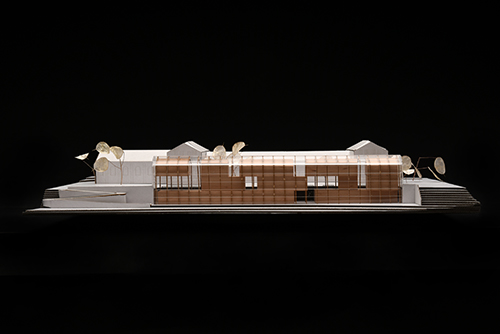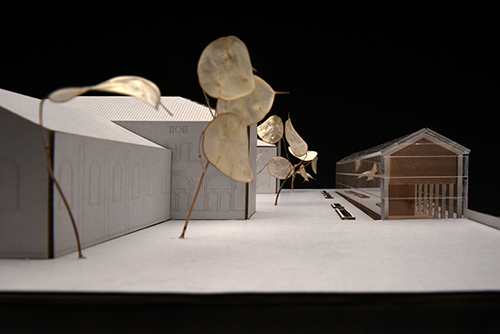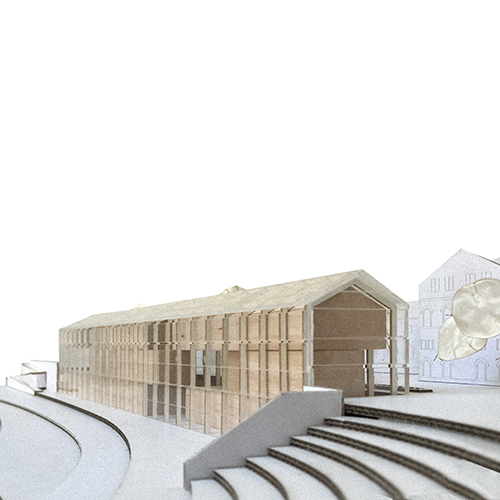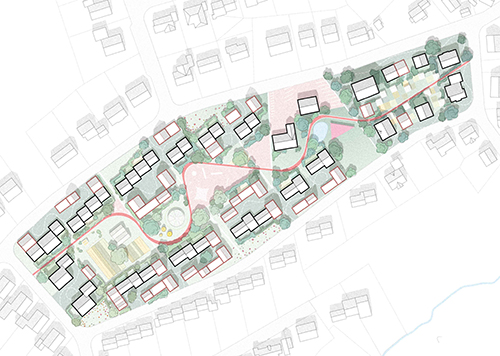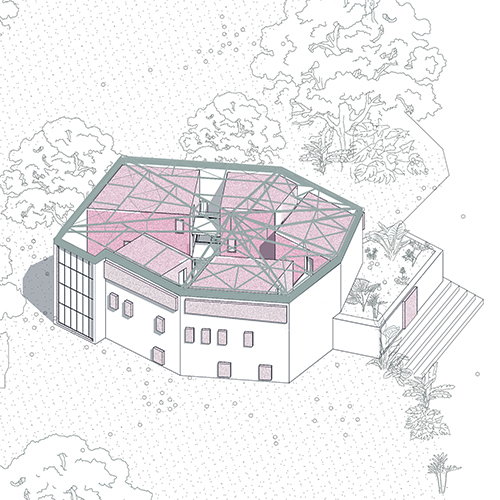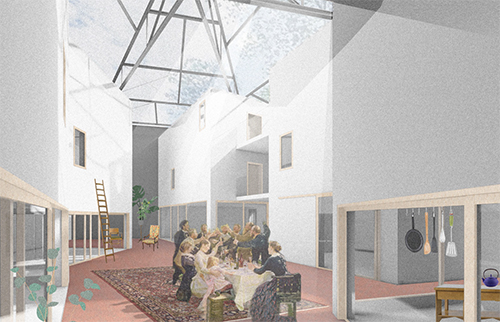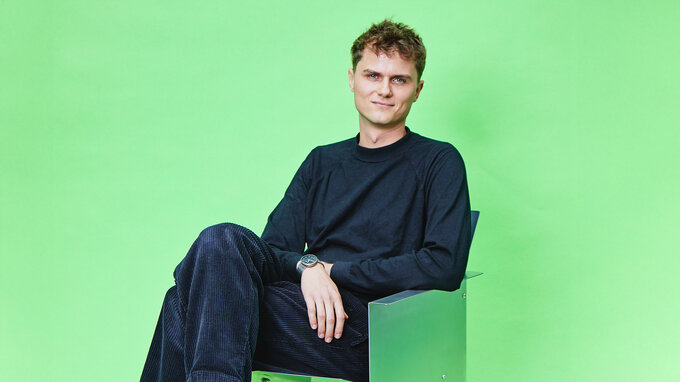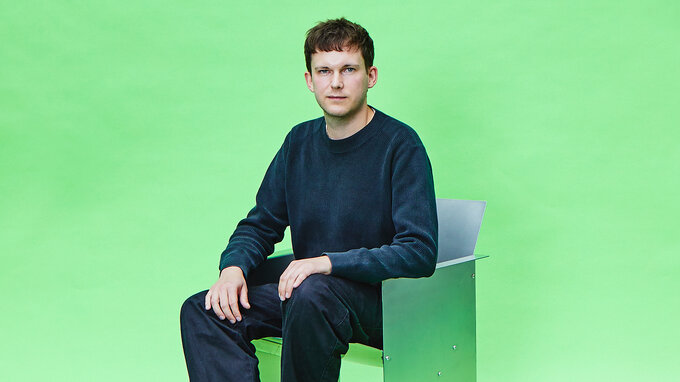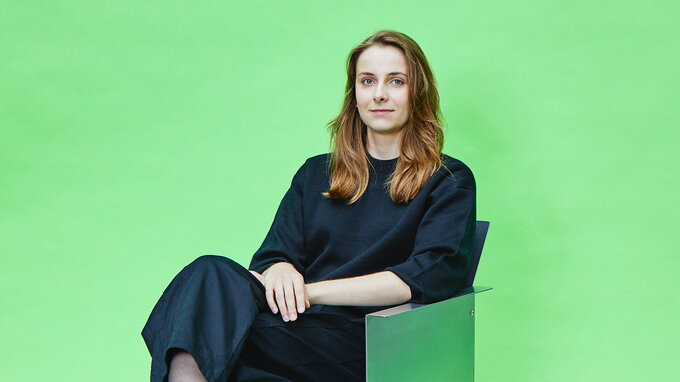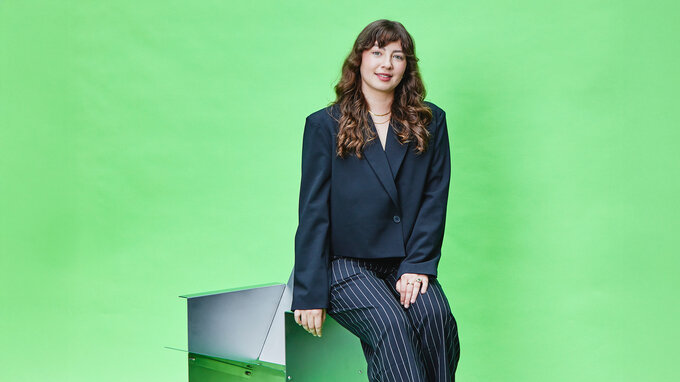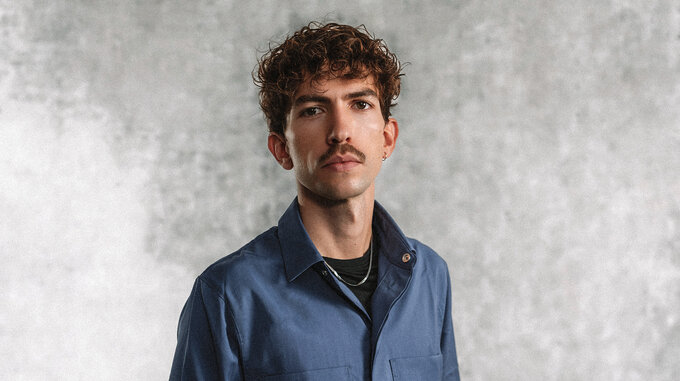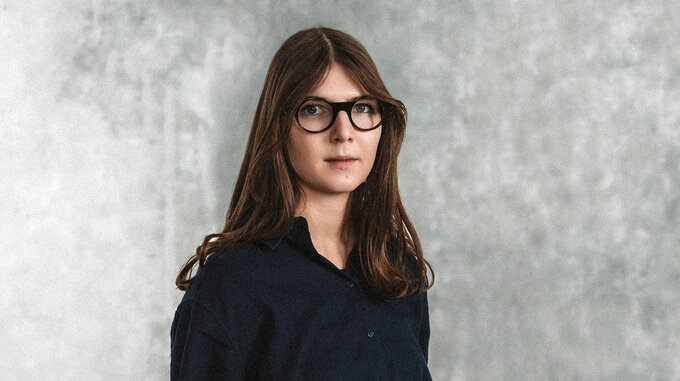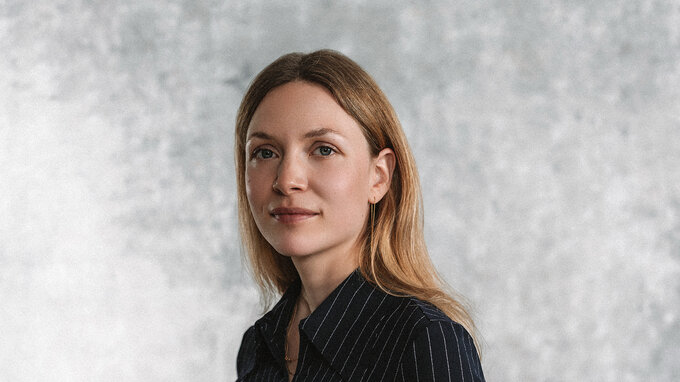Amelie Kurz
Amelie Kurz studied Resource Architecture at FH Dortmund and brings both experience and passion for high-level architectural projects. After studying architecture, she gained valuable practical experience in various planning offices before finding her way to Bläser Jansen Partner, planning office for urban and regional planning. She is passionate about designing spaces that are both functional and aesthetically refined. Her focus lies on sustainable building practices and innovative concepts that harmonise architecture, society, and the environment. Her goal is to create forward-thinking, inspiring spaces that connect the needs of people and their surroundings.
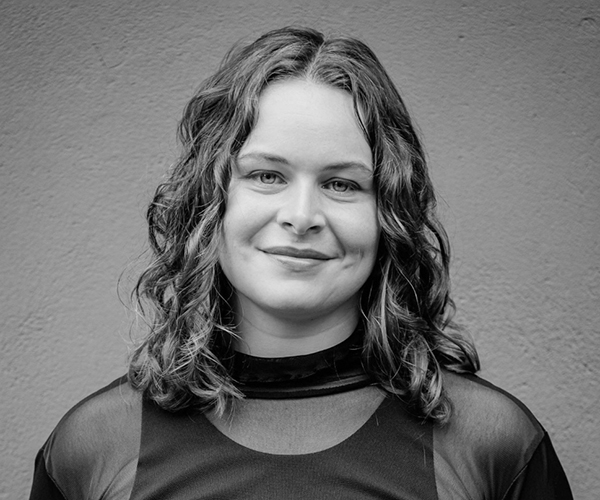
Interview with Amelie Kurz
What inspires you the most about working in the field of architecture?
I am most inspired by collective planning processes. Architecture affects everyone and carries a significant social responsibility. To create sustainable and future-oriented spaces, I believe it is essential to actively involve citizens and users in the planning process. Additionally, I am fascinated by the concept of collective intelligence, which comes into play through interdisciplinary exchange and collaboration with various stakeholders in the planning process. I believe that incorporating diverse perspectives can lead to innovative solutions. Moreover, well-designed spaces have the potential to foster a strong sense of community.
What challenges do you encounter when planning sustainable building projects?
One personal challenge I face is effectively communicating meaningful architectural decisions to decision-makers. This is particularly difficult as a young professional just starting out in the field. In general, I think there is no shortage of good and innovative ideas, but the right people need to be convinced to bring them to fruition. Decision-making processes are often complex, and unfortunately, short-term economic considerations frequently take precedence. The goal for today’s generation of architects should be to use clear communication and well-founded arguments to demonstrate how innovative architectural solutions can be valuable in the long term – economically, ecologically, and socially.
How does your personal design philosophy influence your work at your current employer, Bläser Jansen Partner?
During my master’s studies in Resource Architecture and while working on my master’s thesis, my interest in large-scale and strategic planning deepened. At Bläser Jansen Partner, a planning office specialising in urban and spatial planning, I now have the opportunity to gain insights into urban planning, urban design, and strategy. At the same time, I can incorporate my expertise in architecture into the projects. Since we are an interdisciplinary team where everyone brings their unique strengths, we complement one another effectively. This creates an enriching work environment for the entire team. What fascinates me most is the intersection between architecture and urban planning, as both disciplines benefit from each other and designs can gain greater thematic depth.
The construction industry is currently generating many innovative concepts. How do you stay up to date? What is particularly important to you? What role do innovative building materials and technologies play in your designs?
Whenever possible, I attend professional lectures or educate myself through literature. Additionally, I believe it is important to seek inspiration from non-specialist sources and to stay informed or engaged in local politics. This can include involvement with community-oriented organisations, informal discussion groups, small-scale neighbourhood initiatives, or cultural events such as theatre productions, street art, and similar activities. I think this is crucial for becoming aware of real-world issues and remaining open to diverse perspectives. Of course, innovative constructions and building materials also play a vital role in the construction industry. My approach is to establish the right structural foundation for great architecture.
With your projects, you design entire living systems that, in a sense, also co-create social utopias. What would need to happen in society to enable a communal and caring way of living?
My projects use architectural design as a medium to stimulate discourse. I see this as the first step in encouraging people to engage in conversations about how we want to live in the future and how alternative ways of life beyond conventional paths could be envisioned. To do this, we need to maintain a healthy sense of optimism. I believe it is crucial for society to imagine utopias. By doing so, we can define goals, which can then lead to the development of practical implementation strategies.
Is there a project that is particularly close to your heart, and why?
One project that is especially close to my heart is my thesis on sustainable village development. The work examines the current challenges of single-family housing estates in rural areas of Germany. To address issues such as urban sprawl, vacancies, and environmental impacts caused by these developments, I developed alternative housing concepts based on a scenario using the village of Müllenbach as an example. The concept leverages local potential and employs a community-driven approach to sensitively and functionally densify the existing settlement. The aim is to transform it into a sustainable and meaningful neighbourhood. Having grown up in a rural setting myself, I feel a personal connection to this topic. Furthermore, I believe this issue is highly relevant and of great importance to society today.
What do you hope for in your professional practice: from the economy, society, and politics?
I hope that these factors work hand in hand, each influencing and reinforcing the other. For example, society can start by imagining utopias and setting impulses. This, in turn, can influence politics, which should then create the framework for implementing societal values. The outcome should be a legal foundation that makes sustainable construction projects and the preservation or renovation of existing buildings easier to realise and gives them greater importance in the planning of construction projects.

